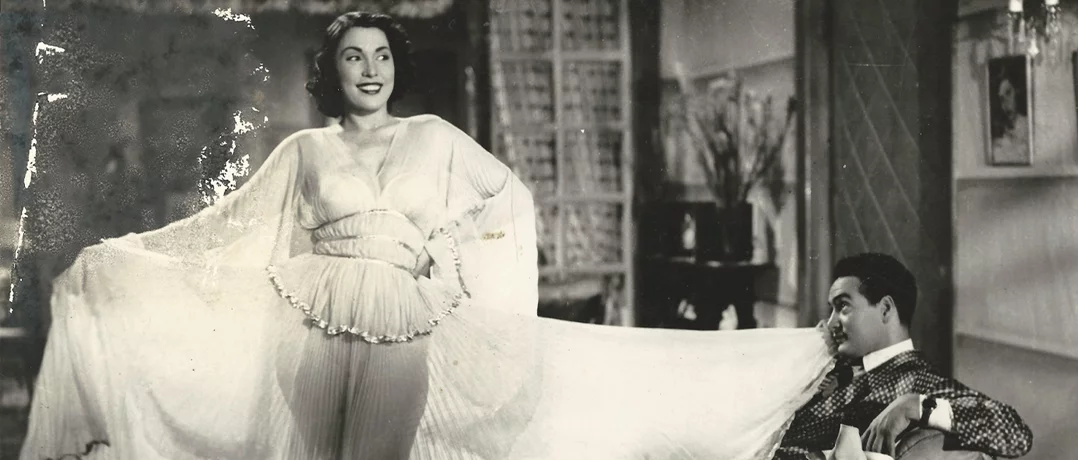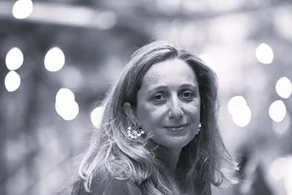A landmark exhibition at Beirut’s Sursock Museum honors iconic Arab divas, tracing their cultural legacy and impact on Arab society.
Divas, from Oum Koulthoum to Dalida: a landmark exhibition at the Sursock museum
Divas, from Oum Koulthoum to Dalida: a landmark exhibition at the Sursock museum


The Sursock Museum will open its latest major exhibition, Divas, From Oum Koulthoum to Dalida, on October 17 at 8 p.m. in Beirut. This immersive and historically rich exhibition, conceived by the Institut du Monde Arabe in Paris, was first inaugurated in 2021 in France, during the height of the COVID-19 pandemic. Now in its fourth iteration, following stops in Paris, Amsterdam and Amman, the exhibition will remain in Beirut until January 11, 2026.
“With this exhibition, the Institut du Monde Arabe pays a unique tribute to the most iconic women of 20th-century Arab music and cinema, a celebration of both their stories and their enduring legacy,” says Karina El Helou, director of the Sursock Museum.
It’s a celebration of their extraordinary careers and a reflection on their lasting legacy. Divas, From Oum Koulthoum to Dalida, presents epic and surprising portraits of these stars from the Golden Age of Arabic song and film, through a path filled with rare and sometimes never-before-seen photographs, legendary films and concert clips, glamorous movie posters, stage costumes and rare interviews.
Visitors will embark on a dazzling journey through the lives and careers of iconic figures such as Oum Koulthoum, Warda Al-Jazairia, Asmahan, Fayrouz, Laila Mourad, Samia Gamal, Souad Hosni, Sabah and Dalida. But beyond being a tribute to their artistic contributions, the exhibition is also an exploration of the broader cultural, political and social transformations these women embodied and helped drive forward.
The exhibition is expansive in both scope and ambition. It features 17 original gowns worn by the divas and includes extensive documentation drawn from archives across the Arab world and beyond. Among the Lebanese-specific highlights are numerous archival materials from Télé Liban, as well as three rare interviews with Fayrouz.
“These women were more than artists, they were cultural icons,” says El Helou.
They represented new models of Arab womanhood and became symbols of modernity, independence and strength at a time of profound societal change. From the stages of Cairo and Beirut to screens in Paris and the Maghreb, they left an indelible mark.
The exhibition begins in the 1920s in Cairo with the start of feminism. It pays tribute to early pioneers such as Assia Dagher, Rose El-Youssef and Badia Massabni. These were women who represented the Arab world as pioneers.
“It was during this time that feminism began to take root in the Arab world, especially in cultural centers like Cairo,” El Helou says. These early divas had laid the groundwork for future generations of female performers, directors and producers. Then came Oum Koulthoum, whose unparalleled influence coincided with the era of pan-Arabism and the leadership of Egyptian President Gamal Abdel Nasser.
Another key concept in the exhibition is “Nilwood", a term used to describe Egypt’s answer to Hollywood, centered around the film industry that thrived along the Nile. El Helou describes how this cinematic boom elevated many of the divas to stardom.
Egyptian musicals and comedies from the 1940s through the 1960s propelled actresses like Laila Mourad, Samia Gamal, Sabah, Tahiyya Carioca, Hind Rostom, Faten Hamama, Souad Hosni and Dalida into the hearts of millions. A dedicated section of the exhibition explores the glamour and artistry of this golden cinematic era.
For the Beirut edition, special sections have been added, including archives on Fayrouz and a segment on contemporary art. This latter features The Three Disappearances of Souad Hosni, a film by Lebanese artist and filmmaker Rania Stephan that weaves together archival footage to reflect on the life and mysterious death of the Egyptian star.
“All of these women, despite their extraordinary careers and fan devotion, experienced great suffering in their private lives,” El Helou says.
Sabah witnessed her mother’s murder. Fayrouz lost two children and is the mother of a chronically ill child. Both Souad Hosni and Dalida died under tragic circumstances believed to be suicide. And Asmahan was enigmatically assassinated.
By presenting the complexities of these women’s lives, their triumphs, struggles, and enduring influence, Divas offers a rich, nuanced portrait of a generation that reshaped Arab culture, challenged social norms and transformed the role of women in public life.


